The Maya were perhaps the greatest civilization to have ever existed.
Their achievements ranged from engineering fantastic religious structures to developing complex systems of astronomy, mathematics, and hieroglyphic writing.
Considering their position in history, would you be surprised to learn that the Maya are still around today?
In this article, we’re going to explore the fascinating Mayan culture that inhabits Guatemala and Mexico.
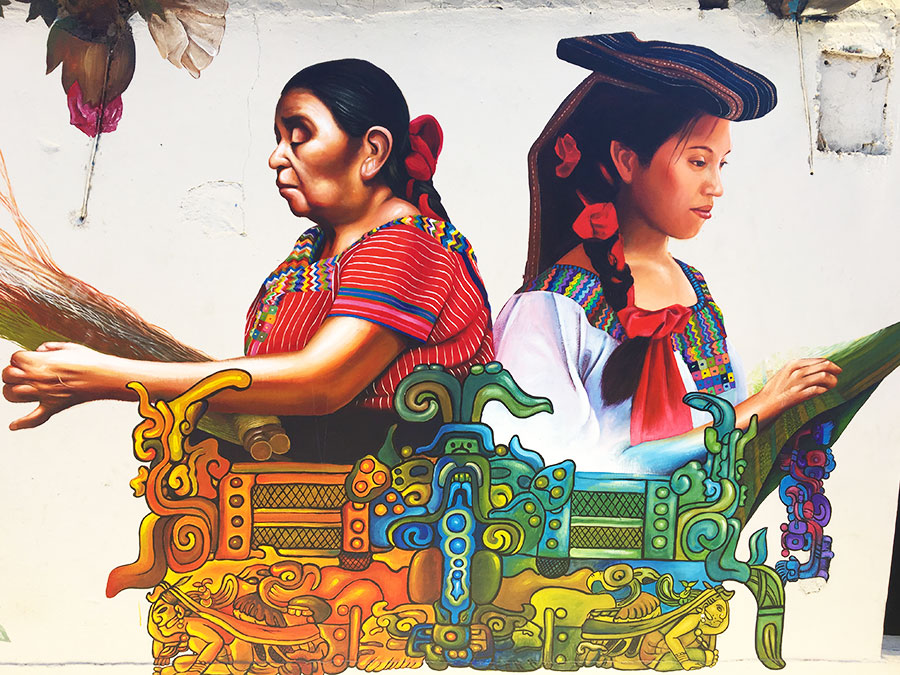
The Modern-Day Maya
Indigenous persons of Maya descent populate Southern Mexico, Guatemala, Belize, Honduras, and parts of El Salvador.
The modern Maya population makes a wonderful effort to celebrate their ancestors and preserve a culture that has endured for thousands of years. They have been forced to adapt to modern aspects of life while still retaining many of their ancestor’s beliefs.
For example, in Guatemala and Southern Mexico, most women of Maya heritage dress in a type of hand-woven clothing that’s traditional to their culture.
Some men also dress this way, although it’s not nearly as common.
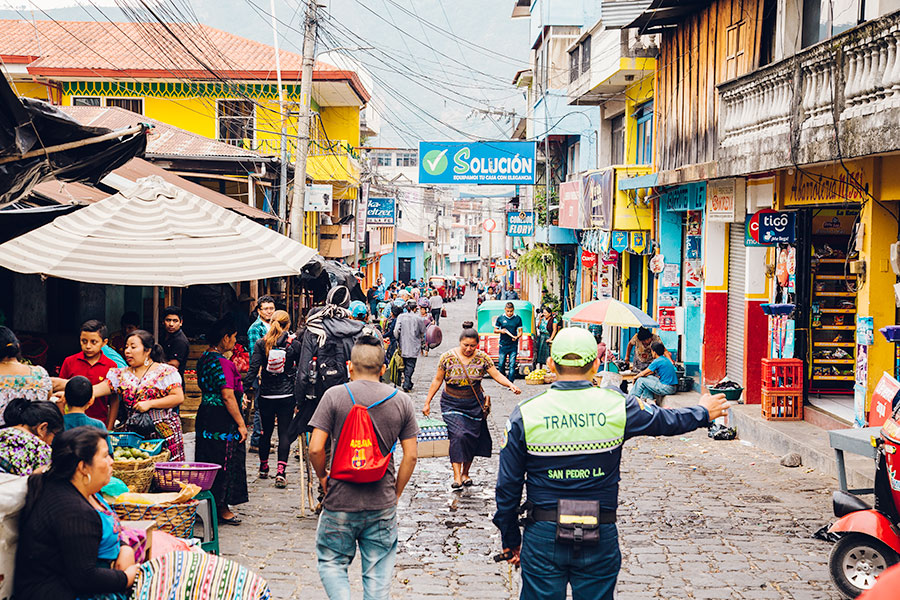
Individually, this traditional clothing is called a traje, which means suit in Spanish.
A women’s traje typically consists of a Huipil (shirt/dress), a Faja (belt/sash), and a Corte (skirt).
Surprisingly enough, traje’s have distinct colors and patterns depending on where they were woven. A person from Southern Mexico will inevitably wear a completely different suit of this Mayan clothing than someone from Guatemala.
To take this a step further, a person from San Pedro, Guatemala will likely wear a different traje than someone from the neighboring village of San Juan.
This is the point where you fly to Guatemala and try to prove me wrong.
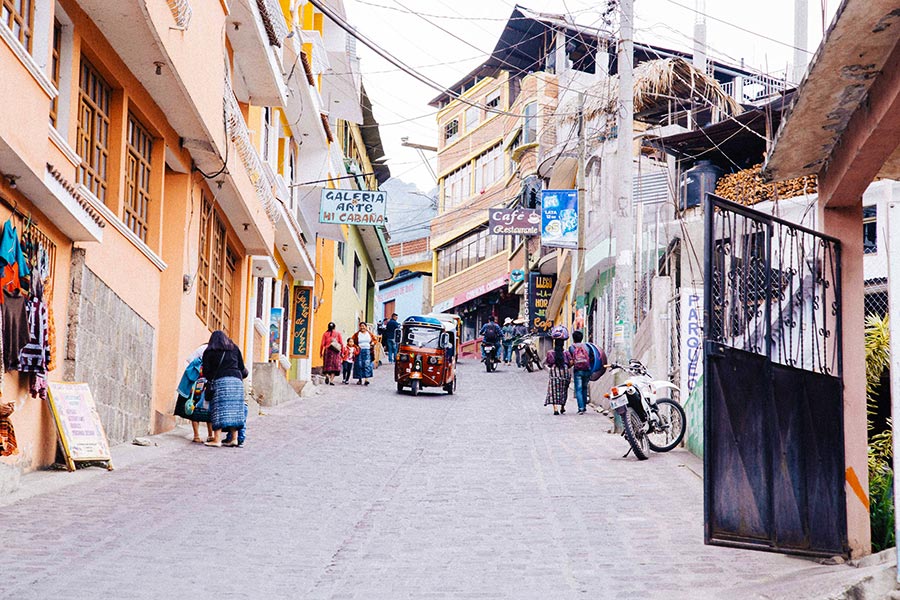
Mayan Art
Similar to their ancestors, the modern Maya have incredible artistic capabilities. This can be seen not only in their weaving but in various other art forms such as painting, drawing, crafting, and ceramics.
The Maya tend to see the world as being full of natural wonders and this is often reflected in their artwork.
Take a look at the vibrant paintings below to see for yourself.
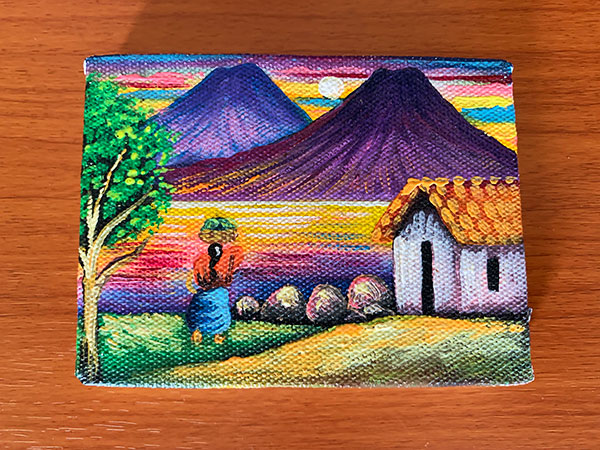
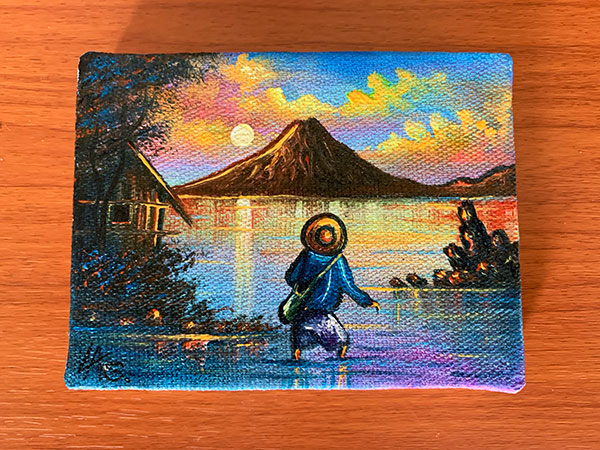
Although these paintings focus on the modern-day Maya, it’s also common to see artwork celebrating various aspects of the ancient Mayan civilization.
A good example of this is the Mayan religion depicted in this handwoven cloth below.
Imagine how long it took to weave this masterpiece!
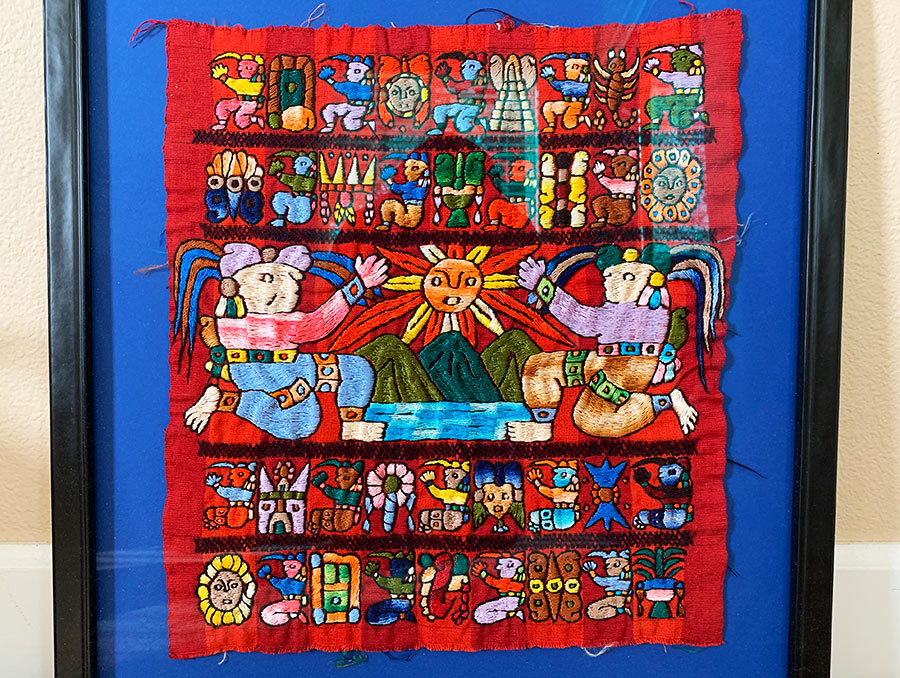
Another popular method of preserving Mayan culture is through the use of murals. They can be found in many towns/small villages that were once populated by the ancient Maya.
Aside from the impressive visuals, these murals provide a fascinating look into the life of the ancient Mayan civilization. In addition, they also give us an insight into the modern interpretations of this distant past.
Let’s see this in action.
The mural below depicts three animals that were considered sacred by the ancient Mayan civilization: the jaguar, the quetzal and the scarlet macaw.
It was obviously painted somewhat recently and yet it reveals what life would have been like in that area well over 500 years ago.
There’s nothing quite like a mural to make me wish that I was born into a different century.
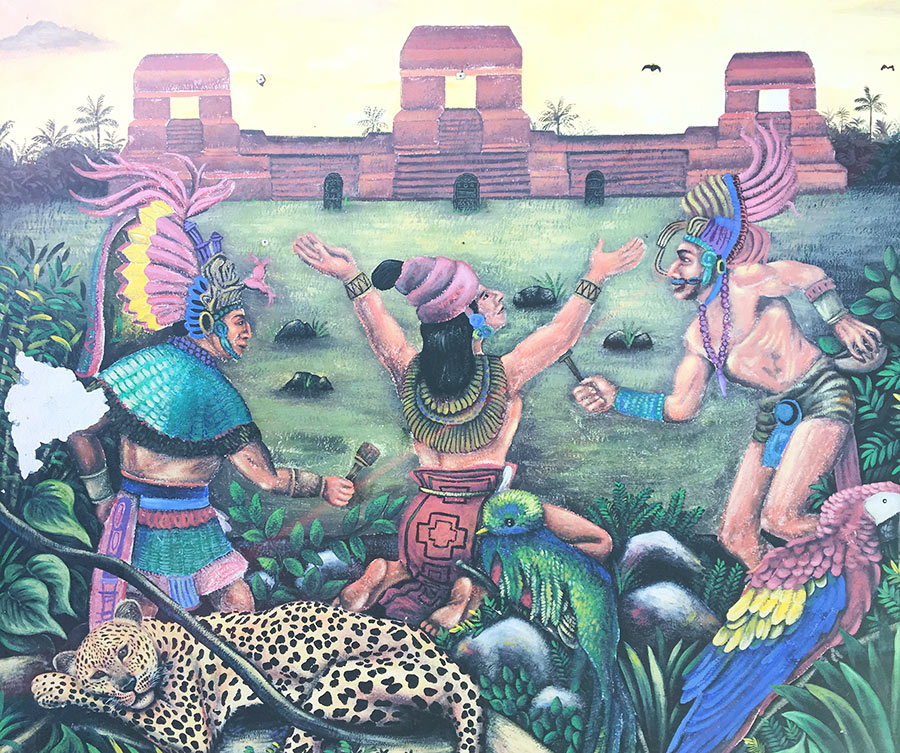
Mayan Language & Identity
Did you know that there are over 30 different Mayan languages spoken? Or that indigenous peoples in Guatemala identify as a specific subdivision of Maya heritage?
Some examples of this subdivision include the Akatek, Ixil, Kaqchikel, K’iche’ and Tz’utujil Maya, all of which are located in the Guatemalan highlands.
While there’s definitely an overlap within the languages spoken by these groups, they are technically separate Mayan languages.
Conversely, the indigenous population of Mexico’s Yucatan Peninsula classify themselves simply as Maya. It’s also more common for this population to speak Spanish as their first language compared to those in the Guatemalan highlands.
My point is that the word Maya encompasses diverse groups of people that each have their own unique identities.
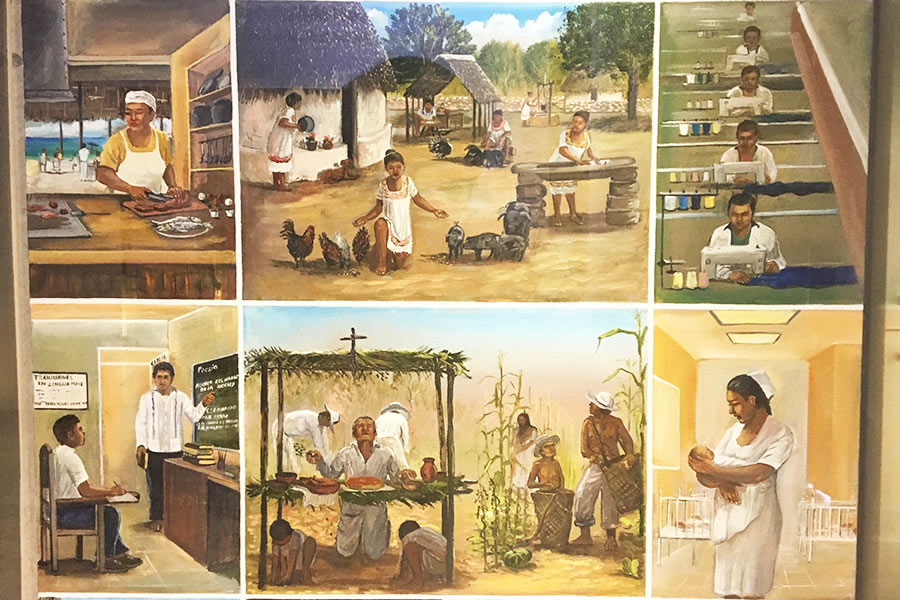
The ancient Mayan civilization may be long gone but their customs remain to this day.
The Mayan culture found in Guatemala and Mexico is one of celebration, of remembrance, and of appreciation for a shared history.
Sadly, this ethnicity has faced oppression for hundreds of years. The ancient Maya were largely enslaved by Spaniards while the modern Maya often face inequality from within their own countries.
Through all of this, they’ve remained firm in their beliefs and have kept their fascinating culture in tact.
I can hardly imagine anything more inspiring than that.

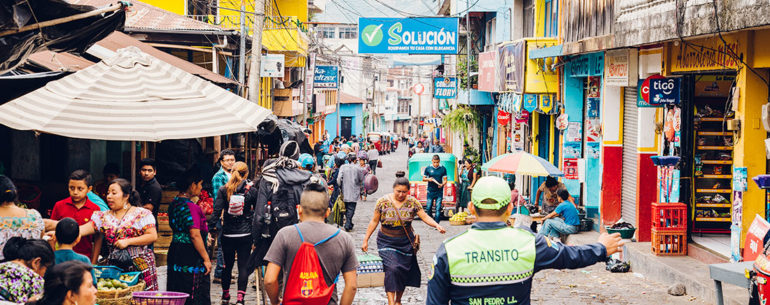
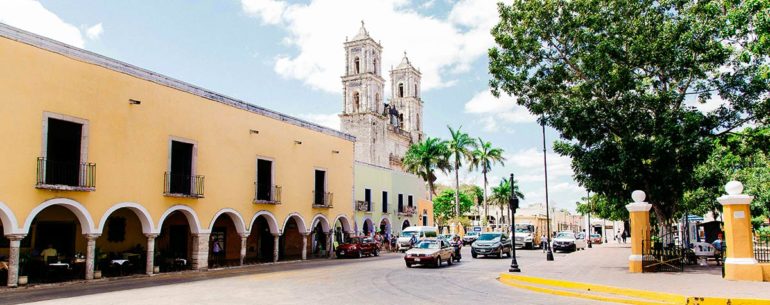
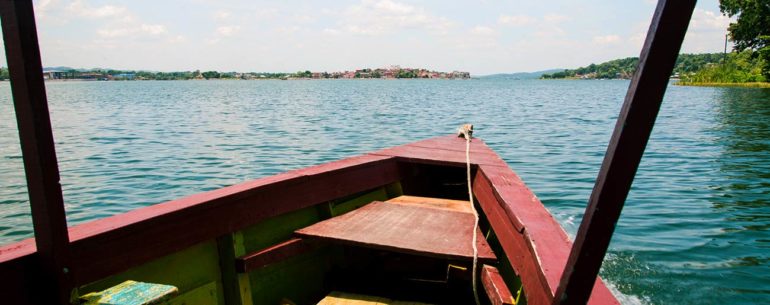
When we visited there last 2012, I am interested in their culture and history aside from eating the mangoes! Lol, I know that Filipinos origins are also Mayans, but I didn’t realize that these countries you’ve mentioned have Mayan descent. I love the pictures!
Thanks April! I’m glad that you’ve had a chance to visit this area and that you are interested in the culture too!
Great read! I had no idea there were so many sub divisions of the Mayan heritage, so fascinating.
Thanks for reading Jamie! Yeah it’s easy to think that they’re all the same but the general “Maya” heritage spans a very large region.
Great post about two amazing countries and a fascinating culture. Thanks for sharing this inspiring article 🙏🏻
You’re very welcome and I’m ecstatic to hear that you found it inspiring!
Great post! I have always been fascinated with the Mayan culture. I did not know that there were 30 languages! Interesting! I also love the art. Great article and pictures. Thanks for sharing!
Thanks for the comment Kimberly! Yeah the 30 languages fact seems to surprise a lot of people (even me when I learned).
Fun post, I enjoyed reading about your travels to places in Guatemala I haven’t been to! Our family has traveled to Guatemala about 5 times, staying in Guatemala City and also in Antigua. We visited the amazing outdoor market, Chichicastenango. You can literally buy anything there! The embroidery is out of this world, as your photo shows.
That’s amazing that you’ve been there 5 times! I’m going there for the second time in September and couldn’t be more excited. I’ve passed through Chichicastenango on my way to Lake Atitlan but I’ve never stopped there. Maybe I will this time.
Hi Michael,
Very interesting post about the current day Mayan culture! I find it a great approach to present the various fields of culture where that civilization survives today.
We’ve seen a very similar picture in Bolivia-Peru-Ecuador regarding the Inca heritage. The descendants of that culture are called Quechua, they speak Quechua, the same language that the Incas spoke – this language nowadays has many variations. They are really proud of their Inca past – especially Peru is full of Inca sites, souvenirs, even tour operator names 😀 Here are the ones we visited and a little historical background: https://greenmochila.wordpress.com/2019/03/24/cusco-sacred-valley/
Indigenous communities are a really big topic in the Andean countries, they are getting more and more rights – especially in Bolivia with the current president, who is Quechua. Actually, it’s crazy how many indigenous groups exist nowadays. Today we learnt that in Ecuador, this tiny country, there are about 15-20 groups!
Are you in Central America right now? Wishing you great travels!
Anna
Hi Anna, thank you so much for the thoughtful comment!
I’ve been to Peru once and met some people of Quechua heritage, it’s a very interesting culture and history as well! I would love to spend more time there and to also visit Bolivia and Ecuador. And that’s amazing that these indigenous groups are gaining more rights and equality among their respective states! I’m so happy to hear that.
Unfortunately I’m not in Central America right now (I’m not even traveling right now ughhhh) but I’m planning on returning to Guatemala in September. Maybe I’ll learn something new and update this article afterwards.
Thanks again and best of luck in Ecuador!
Excellent post. The Mayan culture is so fascinating.
It really is, thanks for the comment Barbara!
I feel so inspired to go there after reading about their culture and seeing all these beautiful textiles and art.
When do you recommend would be a good month to travel there?
Thanks for sharing this Michael. Really well written and documented. Looking forward to your next post!
Trace | http://www.thefashioncollector.com
Hi Trace, I’m very happy to hear that you’re interested in visiting!
For both Mexico and Guatemala, I would recommend going between November and April. That’s when the weather is best and it’ll be least likely to rain.
Thanks so much for the thoughtful comment!
Such an interesting post, and yet not one I would ever have thought I would have enjoyed. Thank you so much for sharing!
– Nyxie
http://www.nyxiesnook.com
You’re very welcome Nyxie! 🙂
I have always wanted to visit the Mayan ruins. It is on our travel list… one day we will get there. Great piece.
Thanks Irene! Yes Mayan ruins are magnificent, I hope you’re able to see them someday 🙂
Great post! I had no idea about most of these facts. One of my favorite details is the 30-plus Mayan languages. How cool is that?! Thank you for sharing.
Thanks for the comment. I was also shocked when I first learned that!
How beautiful! Mayan art and culture is so fascinating – thank you for sharing, really enjoyed reading.
☼ cabin twenty-four
I couldn’t agree more, thanks for the kind words!
Great post. I’ve never been to Mexico or Guatemala but would love to go there.
Thanks for reading! I would highly recommend a visit to one or both of these countries sometime.
I really enjoyed reading your post!The Mayan civilization was probably one of the most fascinating and influential cultures in our world’s history. xx
Thank you very much Tia! Kudos to that!
The Maya left a rich legacy of art, architecture, astronomy, language, and mathematics. It is indeed sad to know that they are still going through a lot of discrimination within their own countries.
They certainly did! Hopefully someday the social and economic situations in their respective countries will be more favorable to indigenous communities.